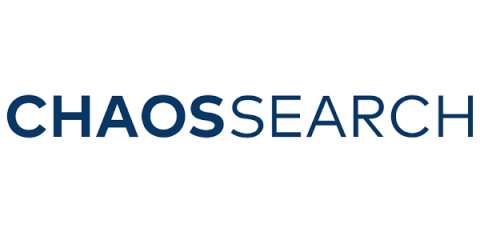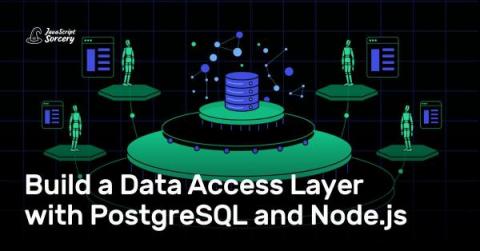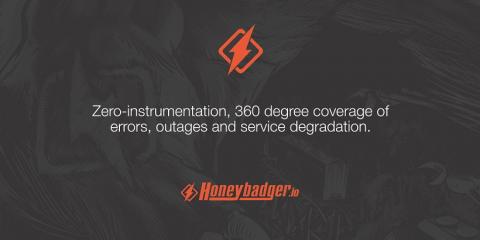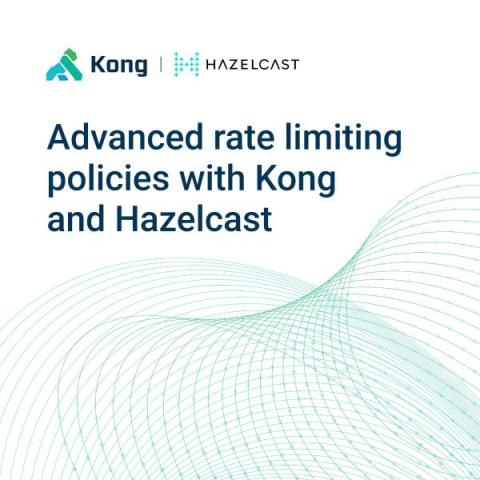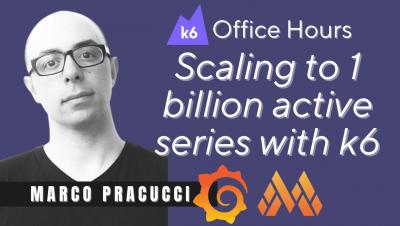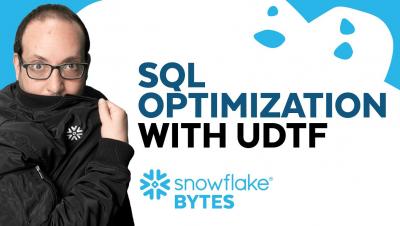Systems | Development | Analytics | API | Testing
Databases
Build a Data Access Layer with PostgreSQL and Node.js
The Data Access Layer (DAL) is the most critical part of any application. This is where the code integrates with an external source of truth like a database. In this take, we'll show you how to build a DAL that talks to Postgres via Node. Then we'll go into best practices like Clean Architecture and what this means in practical terms. Ready? Let’s go! First, a quick note about the code: The code will have modern niceties like TypeScript, unit tests, and will tackle potential scalability issues.
What is a database schema? Types and uses in data integration
Database schemas help with data integration and database optimization to drive better analysis and faster results.
Hidden Gems: ActiveRecord Store
PostgreSQL and MySQL are great for structuring data using relationships, but what if you don't always know the structure up-front? That's where `ActiveRecord::Store` really shines. It's like NoSQL, without changing databases.
Advanced rate limiting policies with Kong and Hazelcast
Kong Gateway integrates with Hazelcast to implement advanced policies for rate limiting besides the fundamental options provided by the Kong plugins, including distributed compute, security, zero downtime, and cloud agnostic.


